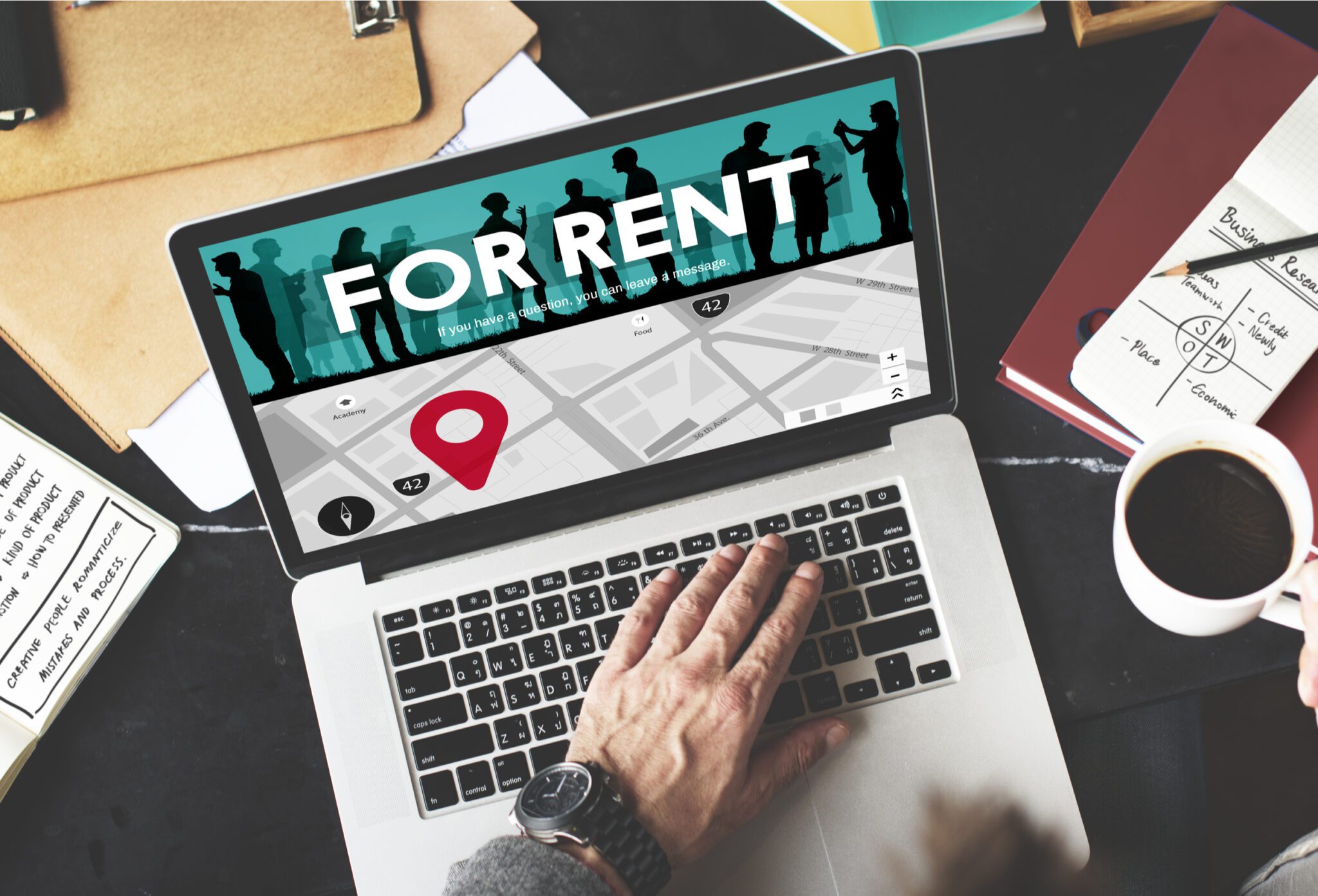
Converting Your Home Into A Profitable Property Investment
You might be surprised to discover there are only one in ten people in Australia who own a real estate investment portfolio and the majority of property owners are considered “upgraders” who actually claim ownership of a home property.
This means that “upgraders” are those who have bought a house, then sell off their property as the need arises for them to seek bigger homes as their families and needs for bigger space grows as well.
However, has it ever occurred to homeowners if this is a practical choice? Have they ever considered turning their first homes as an investment asset that will generate revenues?
Evaluating options
People tend to sell their first home for the purpose of generating funds for a deposit on their chosen property as their upgrade option.
Here’s a tip: When a property is regarded as the principal place of residence (PPOR), it is where the owner resides, occupies, and lives. When this is the case, the owner- according to law- is exempt from capital gains tax.
Buyers generally need to set aside a 20% deposit or settle with a Lenders Mortgage Insurance (LMI) which can cost thousands of dollars and can serve to discourage some people from pursuing a desire to purchase a house, more so when a homeowner is still residing in the same area and properties have appreciated in value at the same rate.
The LMI is an insurance policy required from home loan borrowers that serve to protect lenders from losses in the event a borrower is remiss or defaults from making their loan repayments.
Another concern that affects borrowers is their capacity to pay, especially when their earnings are not substantial enough to finance their PPOR and other property investment asset.
While drawing equity out of an existing home is an option, it would still add up to making your obligations and if your income can be enough to service the debt and opens the question of if you can be allowed to borrow.
But if you have the option to consider having other sources of income, would holding on to your current PPOR be a good option?
Think of it this way. It does not mean that you will just be on to it, even when you can be sure that you can do so, especially when looking to convert your home into an investment property.
Things you need to consider
One of the first things you need to consider is the property’s potential capital growth in the future. If the property has experienced a substantial price increase in the past five years, it may indicate there may not be enough room for growth in the short term.
Start considering plans to use your investment funds for better and brighter options elsewhere.
In the same way, when your current property or home does not seem appealing from a rental standpoint, such as having a single bedroom apartment when the market demand seems to favour two to four-bedroom family homes, then you risk the chance of not meeting that market demand.
Given those two scenarios, selling your PPOR could help deploy funds and boost your borrowing capacity at the same time creating additional equity.
Another good example is purchasing a positive cash flow property that could resolve issues and problems with serviceability and make you hold on to your investment asset easily.
The same concept applies to distressed properties, which is a likely good idea to secure the property that is surely being sold way lower than market value and generate instant equity.
There could be numerous instances when people decide to hold on top of their PPOR as an investment, however, it may not be a wise decision if your basis is mostly on sentimental reasons.
Why hold on to your PPOR
If there are reasons that investors hang on to their PPOR is mainly based on transaction costs and taxes.
One big benefit of owning or living in your PPOR is that profits made on capital appreciation are not subject to tax, but it does entitle the property to certain tax deductions when it is converted into an investment property.
The ATO abide by what is known as the six-year rule, which states that a person can rent out their former PPOR for six years without being subject to capital tax gains. It only gets treated as a regular investment property after that period.
So, with a 50% capital gains tax discount, this can be a sizable value in terms of savings rather than purchasing another investment property. When in doubt, consult an accountant so you can scrutinise the tax implications thoroughly.
Another major issue is the transaction costs, where you are expected to shell out around 2% on agent commissions and an additional 5% in stamp duty for the different property should you decide to let go of your PPOR.
These costs can pile up and become too much that you need to ensure generating a significant price growth or purchase at a large price drop for you to break even.
So, regardless of whether it is an upgrade, sell, or rentvesting, everything should always be about opportunity cost and your own goals.
Make sure to weigh all your options and speak to the right people to help you get started and going.